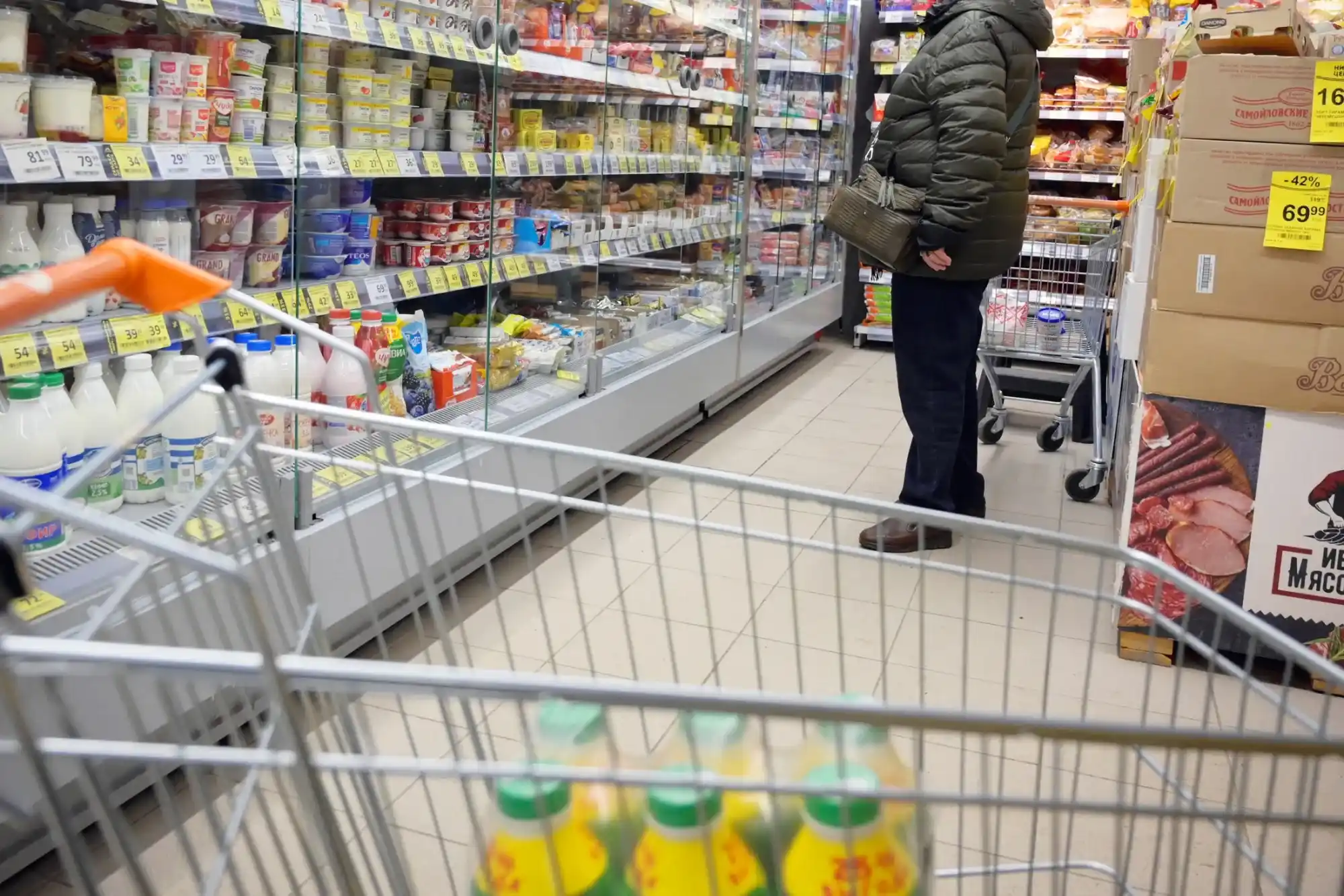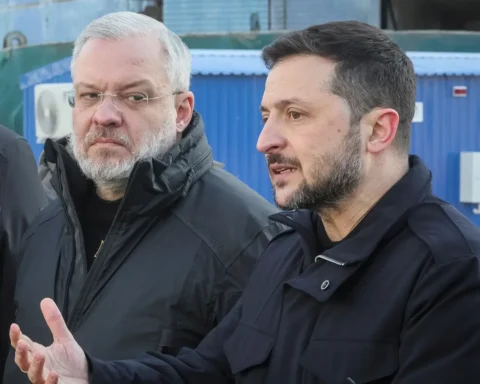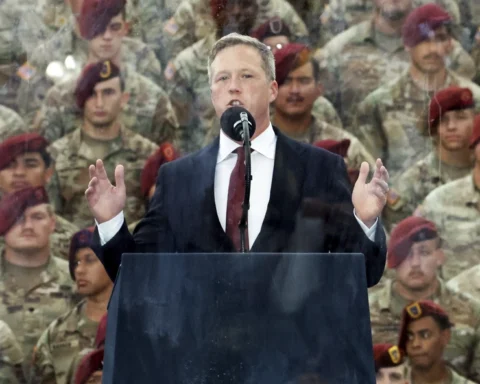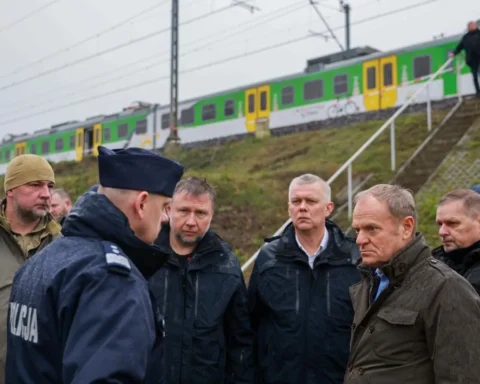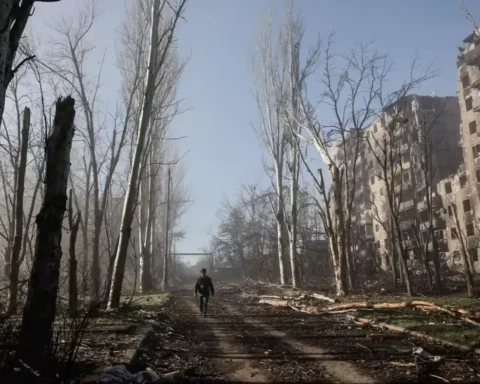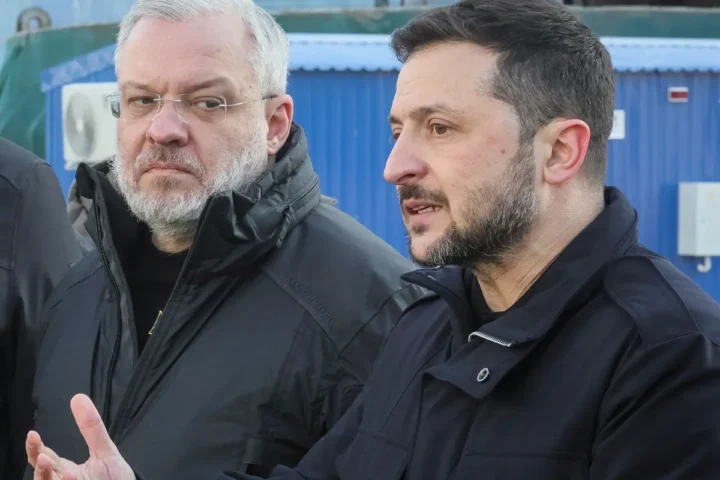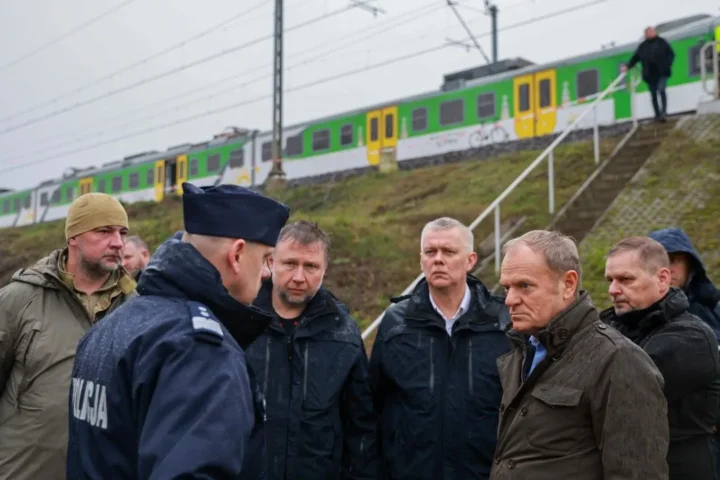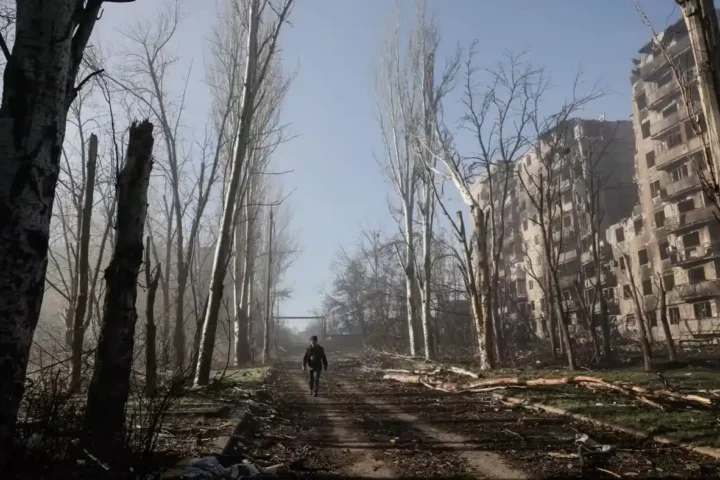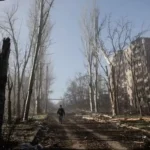For the first time in many months, Russia’s economy is showing tangible signs of easing inflation — potentially marking a turning point in the central bank’s prolonged campaign of tight monetary policy. According to data from the Bank of Russia, the pace of price growth slowed significantly in June, bringing current inflation levels closer to the bank’s target of 4% per year.
This does not mean inflation has been defeated — the official annual rate still hovers around 9%, more than double the target. However, the recent slowdown in current price growth, particularly in the seasonally adjusted annual rate (SAAR), offers hope that the central bank’s measures are starting to take effect.
“Year-on-year inflation is like a rear-view mirror: it reflects what happened in the past but offers little insight into the future,” said Bank of Russia Governor Elvira Nabiullina in a previous statement.
That’s why the central bank prioritizes real-time dynamics over delayed annual figures. If the current trend continues, inflation could return to the 4% target sometime next year.
First Step Toward Easing Has Been Taken
In June, the Bank of Russia lowered the key interest rate by 100 basis points — from a record high of 21%, where it had remained since October, down to 20%. This marked the first official signal of a shift from emergency tightening to gradual easing. However, Nabiullina made it clear that if inflation risks re-emerge, the easing could be paused or even reversed with rate hikes.
Nonetheless, recent statements suggest a possible dovish turn in policy. According to Deputy Governor Alexey Zabotkin, the board may consider cutting rates by more than 100 basis points at its upcoming meeting. That comment has raised market expectations that monetary loosening might go further and faster than previously assumed.
What’s Slowing and What’s Driving Inflation
Experts at the Bank of Russia note that part of the recent disinflation is due to the ruble’s earlier appreciation. But this effect is temporary and will fade over time. Moreover, price behavior is becoming increasingly uneven: prices for goods tied to exchange rates and interest rates — such as electronics and cars — have stabilized, while the cost of services continues to climb rapidly.
Another concern for the central bank is the imbalance between wage growth and productivity. While wages are rising quickly, productivity gains lag behind — putting additional upward pressure on prices.
Expectations Remain High
Inflation expectations — another critical metric for the central bank — remained steady at 13% in July, the second consecutive month at that level, according to a recent report by the Bank of Russia. That’s far above the roughly 8% that would be consistent with sustainable price stability. As Zabotkin noted, “an optimal level of inflation expectations for stability is around 8%.” This gap shows that policymakers still have limited room to maneuver.
Still, as Bloomberg reports, if the current disinflation trend holds, the easing cycle could proceed more swiftly than anticipated just a month ago.
This article was prepared based on materials published by Bloomberg. The author does not claim authorship of the original text but presents their interpretation of the content for informational purposes.
The original article can be found at the following link: Bloomberg.
All rights to the original text belong to Bloomberg.


